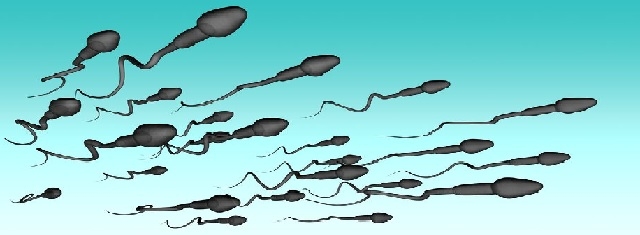Lifestyle
ALMOST NO PROGRESS ON WAGE EQUALITY AROUND THE GLOBE IN PAST SEVEN YEARS
STOPPED SINCE THE 2008 ECONOMIC CRASH

Progress to close the gender pay gap around the world has all but stopped since the 2008 economic crash and it will be more than 100 years before women can expect equal pay with men, according to the latest global figures.
Women´s pay still lags nearly a decade behind, according to the World Economic Forum, meaning that what they are paid now on average is the equivalent of what men were paid in 2006. And the outlook is gloomy: at current rates of change, the World Economic Forum (WEF) estimates it will be 118 years before women around the world can expect equal pay.
The pay penalty for being a woman has barely improved since 2008, the start of the global financial crisis, though the researchers say it is too soon to say if there is a link. Another theory is that even where political and business policies are improving, many employers still organise the working day around the stereotypes of women as caregivers at home and men as breadwinners at work. (The Guardian)
Earnings for both female and male full-time workers tend to increase with age, with a plateau after 45 and a drop after age 65. The gender pay gap also grows with age, and differences among older workers are considerably larger than gaps among younger workers. Women typically earn about 90 % of what men are paid until they hit 35. After that median earnings for women are typically 75““80 % of what men are paid. (AAUW)
The pay gap affects women from all backgrounds, at all ages, and of all levels of educational achievement, although earnings and the gap vary depending on a woman´s individual situation.
As a rule, earnings increase as years of education increase for both men and women. However, while more education is a useful tool for increasing earnings, it is not effective against the gender pay gap. At every level of academic achievement, women´s median earnings are less than men´s median earnings, and in some cases, the gender pay gap is larger at higher levels of education. (AAUW)
As a rule, earnings increase as years of education increase for both men and women. However, while more education is a useful tool for increasing earnings, it is not effective against the gender pay gap. At every level of academic achievement, women´s median earnings are less than men´s median earnings, and in some cases, the gender pay gap is larger at higher levels of education. (AAUW)
The pay figures are part of the WEF´s annual report on all aspects of the gender gap, which also covers education, health and political empowerment. Based on scores for dozens of those indicators, Iceland comes out top, followed by Norway, Finland, Sweden, Ireland and Rwanda. The UK comes 18th, the US is 28th, and Australia is back at 36th...As well as the moral, rights-driven pressure to narrow the gaps, pay discrimination between men and women is a loss to employers and the wider economy, according to Willem Adema, senior economist for the OECD, the international economic thinktank. (The Guardian)
Ruby BIRD
http://www.portfolio.uspa24.com/
Yasmina BEDDOU
http://www.yasmina-beddou.uspa24.com/
Ruby BIRD
http://www.portfolio.uspa24.com/
Yasmina BEDDOU
http://www.yasmina-beddou.uspa24.com/
Ruby Bird Yasmina Beddou Crach 2008 Economic Stopped No Progress Wage Equality Men Women Equal Pay World Economic Forum Pay Penalty
Liability for this article lies with the author, who also holds the copyright. Editorial content from USPA may be quoted on other websites as long as the quote comprises no more than 5% of the entire text, is marked as such and the source is named (via hyperlink).






